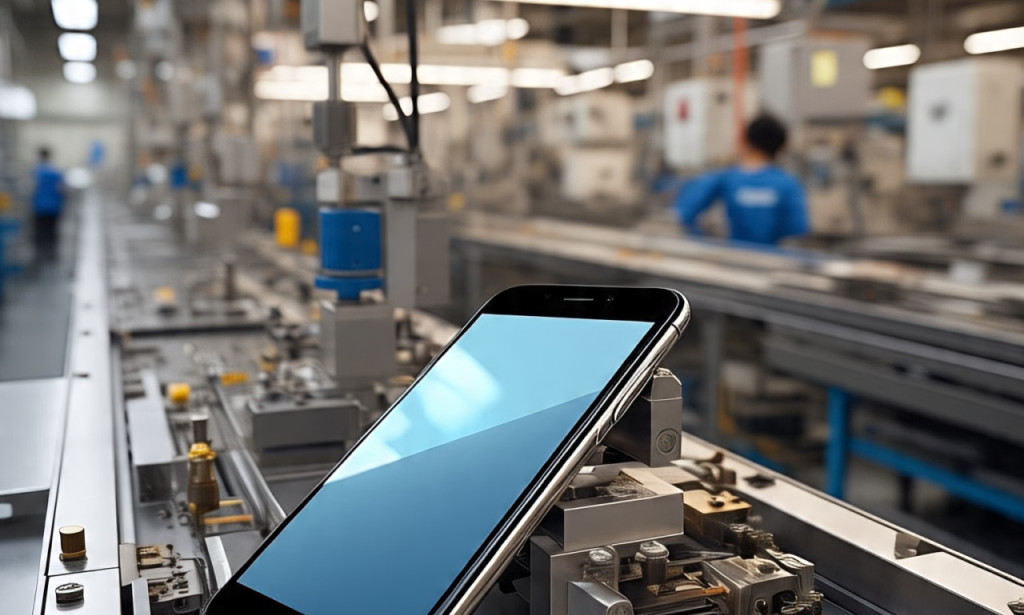The Making of a Phone: A Journey from Concept to Pocket
The modern smartphone is a marvel of engineering and design, seamlessly blending hardware and software to deliver powerful functionality in the palm of your hand. But behind the sleek screens and sophisticated features lies a complex and global process of development, manufacturing, and assembly. Here’s a look into how a phone is made—from concept to completion.
1. Design and Planning
The process begins with ideation and design. Engineers, designers, and product managers collaborate to determine what features the new phone will have—screen size, camera quality, processing power, and battery life are key considerations. Designers sketch the external look while engineers consider the internal components. User experience (UX) and ergonomics play crucial roles here. Prototypes are created using 3D printing and digital modeling software to test different shapes and layouts.
2. Component Sourcing
Once the design is finalized, the next step involves sourcing components. A smartphone contains hundreds of parts sourced from all over the world. Key components include:
- Processor (CPU/GPU): Often made by companies like Qualcomm, Apple, or MediaTek.
- Memory and Storage: Supplied by companies like Samsung, SK Hynix, or Micron.
- Display: OLED or LCD screens, often from Samsung, LG, or BOE.
- Camera Modules: Manufactured by Sony, OmniVision, and others.
- Batteries: Usually lithium-ion, made by specialized battery companies.
Each component must meet strict quality standards and be compatible with others in terms of size, power consumption, and data transmission.
3. Manufacturing the Parts
The manufacturing of parts such as chips and circuit boards involves advanced technology. Semiconductor fabrication, in particular, requires clean rooms and nanometer-level precision. This is typically done in specialized factories known as foundries, such as TSMC in Taiwan.
Other parts like plastic or metal casings, glass screens, and batteries are manufactured in separate facilities. These factories use robotics, automation, and human labor to create components in large volumes.
4. Assembly
Once all parts are ready, they are shipped to assembly plants—often located in countries like China, India, or Vietnam. In the assembly line, workers and machines put the phone together in stages:
- Mounting the motherboard
- Inserting the battery
- Connecting the display
- Installing the camera module
- Sealing the casing
Quality control is performed at every step to ensure everything works correctly. Final phones are then tested for connectivity, screen performance, and audio quality.
5. Software Installation and Testing
With the hardware complete, the operating system (e.g., Android or iOS) is installed. Software engineers optimize the software to work efficiently with the phone's specific hardware. Pre-installed apps and user interface customizations are added here. Afterward, rigorous testing is conducted to check for bugs, crashes, or performance issues.
6. Packaging and Distribution
The finished phones are packaged with accessories like chargers, cables, and manuals. They are then distributed globally through retailers, carriers, or directly to consult

Is awesome
You must be logged in to post a comment.